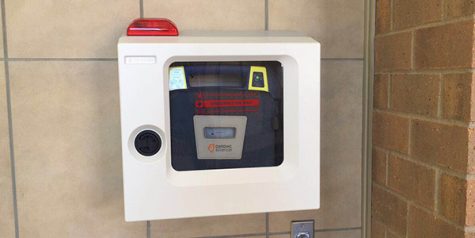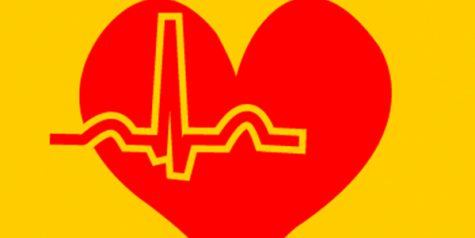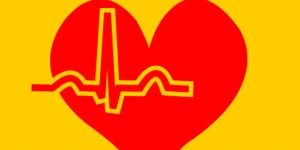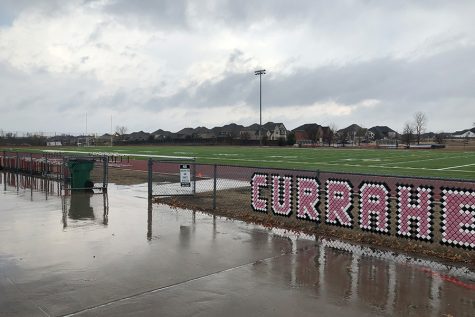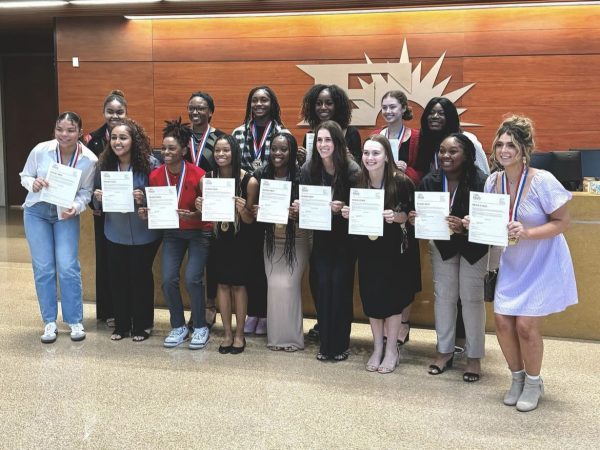Life saving skill required to graduate
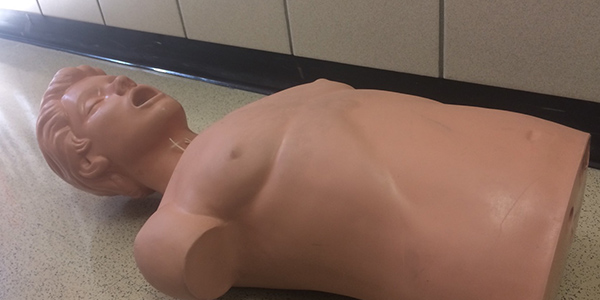
Wednesday is the start of American Heart Month. Frisco ISD students are required to undergo CPR training in sixth grade but several classes on campus also incorporate similar training.
American Heart Month begins Wednesday and in Texas the teaching of CPR is required once by the state during a student’s middle and high school years. It’s not a mandatory requirement on campus, but it’s a skill taught in several classes.
“I do know that in middle school, CPR is taught in PE,” campus athletic department head U’ilani Womble said. “We teach it in our health class, and our health science classes here so a lot of kids should know about it.”
So if you are prepared for it, better for you because you could save a life,
— freshman Daniel Nagles
Outdoor education is another class that teaches students CPR in the hope of preparing students for unexpected events.
“You have no idea what’s going to happen,” Outdoor Education student and freshman Daniel Nagles said.” So if you are prepared for it, better for you because you could save a life.”
More than 12 million people every year are taught CPR by the Dallas-based American Heart Association. While not all students have been taught this skill in high school, many are likely to have an idea on how to perform CPR from other sources.
“I think that most students have seen it at some point,” school nurse Emily Mikeska said. “Whether they’ve seen it on a TV, or seen it on a movie, or some point like that, but they may actually not have done it themselves.”
Only a fraction of students on campus get CPR training, but there are dozens of staff members trained to help in one of the 383,000 out of hospital, sudden cardiac arrests that occur annually.
“We have a high majority of teachers in our school that know how to do it [CPR], that are trained,” Mikeska said. “Our administrative office is trained, all of our coaches are trained, all the people who are teachers with like band directors, drill team, cheerleader instructors, all them are trained, so I mean it’s a requirement for them.”
If more than three minutes go by, their survival rate goes down dramatically,
— school nurse Emily Mikeska
The school also has eight AEDs (Automated External Defibrillators) ready to use when needed.
“There are little signs on the walls that I hope you know, if you look down a hallway you should be able to kind of see them stick out,” Mikeska said. “They are all on outside walls, so they’re not behind doors or hidden or anything like that, they are visible.”
The American Heart Association reports that while immediate and effective CPR can double or triple a victim’s chance of survival, only 32 percent of cardiac arrest victims get help from a bystander.
“If more than three minutes go by, their survival rate goes down dramatically,” Mikeska said. “If anybody could start doing compressions, and at even this point just doing compressions, is probably the most essential act that someone can do you know. Even if you don’t give breaths, or you don’t have to check pulses or anything like that, just give compressions.”
You could be anywhere and anybody could have a heart attack or some sort of situation where they require CPR,
— Athletics department chair U'ilani Womble
CPR can be important as the American Heart Association reveals in the same report that four out of five cardiac arrests occur at home.
“You never know when you’re going to encounter an emergency, and just being able to be a responder in such an event I think is just something good to know,” Mikeska said. If you have a family member who has a medical condition, or is elderly, or something like that, I mean it just certainly is good to know. I think it’s just one of those good things to kind of basically know how to do.”
As 70 percent of people may feel helpless to act and assist a victim of cardiac arrest, many staff on campus stress the importance on knowing how to perform CPR.
“You could be anywhere and anybody could have a heart attack or some sort of situation where they require CPR,” Womble said. “You could save a life.”
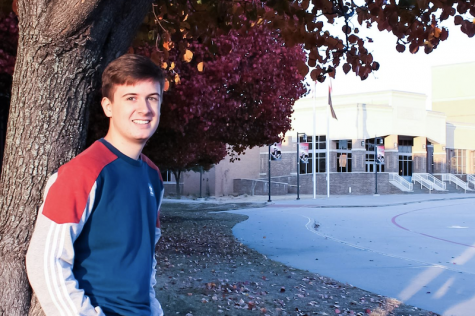
Lucas is a senior in his fourth year of Wingspan. As vice-president of Youth and Government on campus and at the Plano YMCA, he helps teach members bill-writing...



